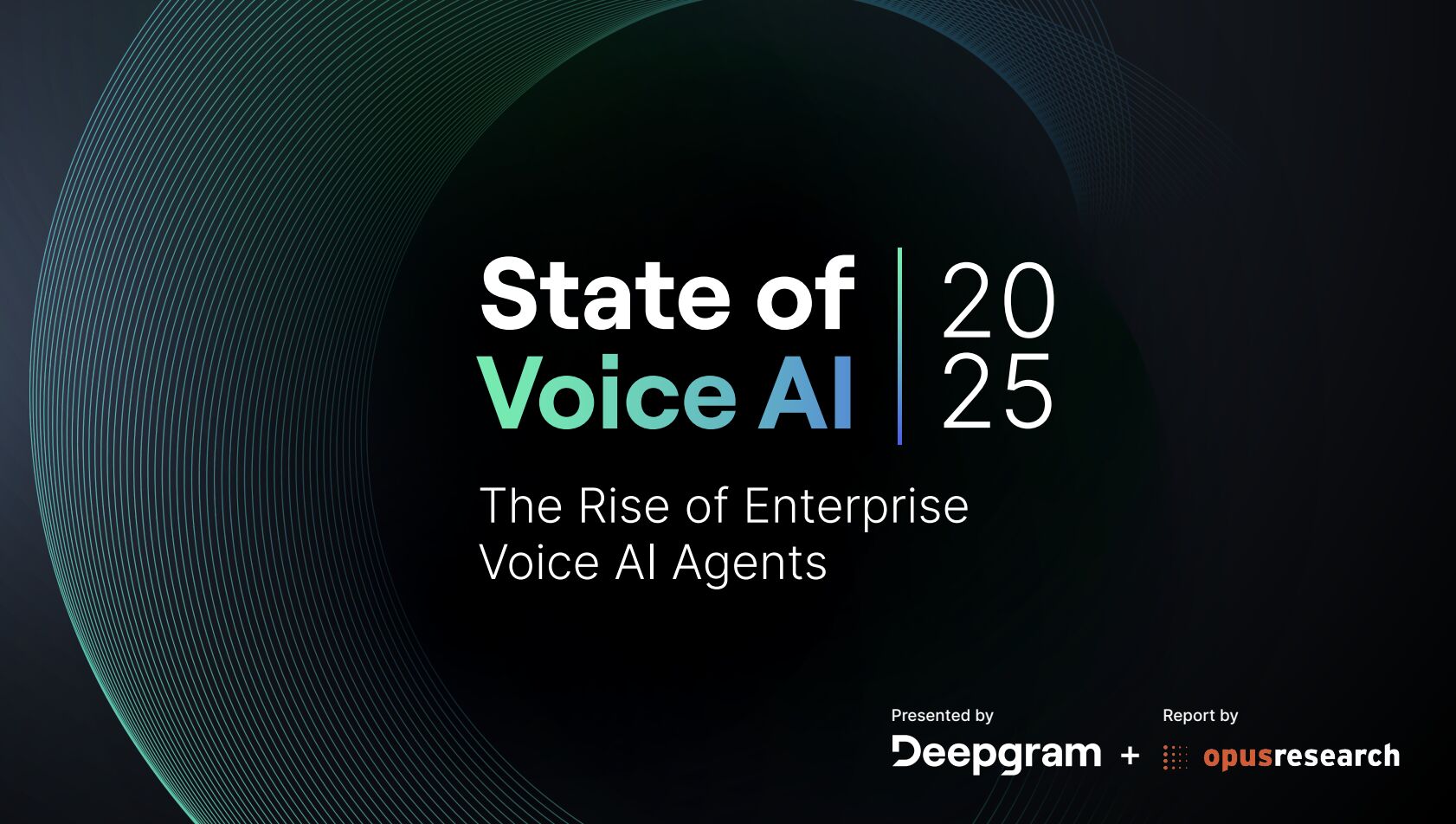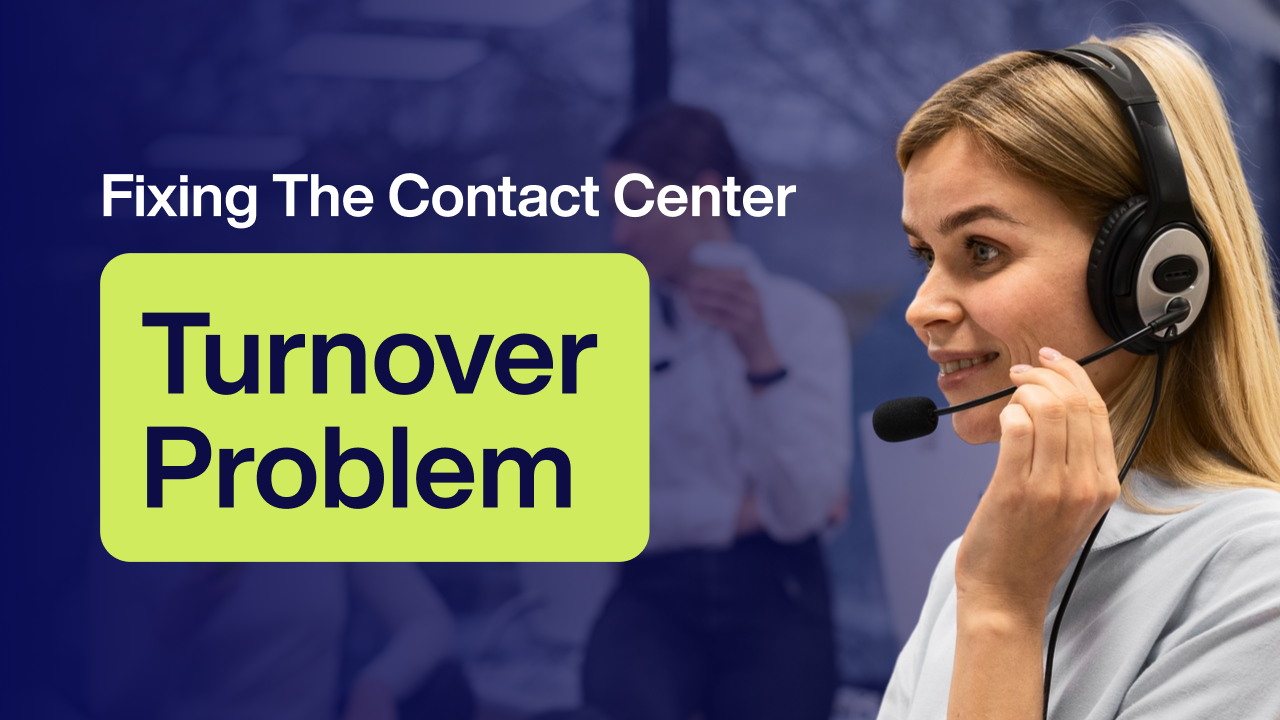From Hold Music to Full Schedules: Hybrid AI That Lifts Provider Productivity Without Burning Out Staff

When full schedules still feel empty
It’s 8:05 a.m. The access team is already buried in voicemails, the portal dumped overnight requests into a manual queue, and three clinics are juggling same-week openings nobody can see in time. Providers are booked, but not balanced. Patients want options today, not in three weeks. Everyone’s working hard—yet the schedule isn’t working for anyone.
This is where scheduling friction compounds burnout: agents toggle between systems, providers field ad-hoc messages, and leadership sees variability in throughput despite steady demand.
Why pure automation backfires
Most teams have tried chatbots or IVRs that promised relief and delivered more escalations. In healthcare, context matters—eligibility, prep instructions, visit types, and local clinic nuances don’t fit a one-size-fits-all script. Without human judgment and compliance guardrails, automation can misroute patients, miss access rules, or create rework that erodes trust.
What hybrid AI looks like in scheduling
Hybrid AI doesn’t replace your team—it handles predictable work so people can solve the hard stuff. EGS combines Grace™ (our AI voice bot) and AI-assisted agents to streamline access across phone, text, and portal. The focus: make the schedule more usable, in real time.
- Schedule adherence & provider productivity: AI triages calls by intent and visit type, surfaces correct templates, and guides to the next best slot—helping clinics stick to rules without slowing down.
- Capacity utilization—provider schedules: Fill micro-gaps and redistribute demand across locations and modalities (in-person, telehealth) so calendars reflect true capacity, not just what’s visible.
- Open/advanced access: Automatically surface short-notice appointments from cancellations or no-shows and offer them to waitlisted or flexible patients—without manual dialing.
- After-hours continuity: Grace captures intent, verifies details, and books within policy, handing complex cases to agents at shift start with context preserved.
- Escalation on demand: The moment a call gets nuanced (referrals, prep exceptions, multi-visit sequencing), a trained human takes over—no dead ends.
Compliance, integration, and oversight
Healthcare isn’t optional on compliance. EGS operates with a compliance-first mindset for PHI handling, QA, and auditing. We integrate with leading EHRs and scheduling systems through approved patterns, maintain detailed call and disposition logs, and keep humans-in-the-loop for high-risk decisions.
The business impact (beyond cost)
Yes, you’ll reduce handle time and rework—but the bigger win is stability: more balanced provider calendars, fewer schedule gaps, faster access for high-need patients, and less burnout across clinics and access centers. When teams trust the schedule, productivity improves, patient experience rises, and ROI comes from throughput, not just savings.
Skeptics welcome
Start small. We typically begin with specific queues—refills, reschedules, waitlist activation, or cancellation recovery—measuring outcomes like schedule fill rate, same-week access, and first-contact resolution. You’ll see where AI shines and where people should lead, with clear fail-safes.
Where EGS fits
EGS specializes in AI-human hybrid contact center operations for healthcare and other regulated industries. Our nearshore teams in Mexico pair with Grace™ to improve scheduling, provider productivity, and patient access—without compromising compliance. We co-design workflows, stand up quickly, and align to measurable outcomes. AI augments your people; it doesn’t replace them. That’s how you protect experience, reduce burnout, and keep schedules truly full.

No Spam —
Just Good Stuff.
Join our newsletter for actionable advice, insider knowledge, and strategies that drive real results.
No fluff, just value.
.png)
%20(1).png)
From The Blog
Read All Articles
Hybrid AI in Banking: Handling Complex Service Without Losing the Human Touch

Hybrid AI for Financial Services: Solving Complex Service Without Losing the Human Touch

How Hybrid AI Reduces Patient No-Shows and Scheduler Burnout

Hybrid AI That Actually Moves the Needle in Healthcare RCM

How AI-Human Collaboration Elevates Quality Assurance on the Factory Floor

Why Nearshore Hybrid BPOs Outperform Offshore Automation Centers

How Hybrid AI Voice Bots Elevate CX and Make Agents Unstoppable

AI‑Human Hybrid Support That Elevates Fraud Detection and Compliance

How Hybrid AI Streamlines Healthcare Revenue Cycle—Without Losing the Human Touch

AI-human hybrid quality assurance for supply chain accuracy

Why Nearshore Hybrid BPOs Outperform Offshore Automation Centers

AI + Human QA on the Line: How Hybrid Teams Raise Manufacturing Quality

Why Nearshore Hybrid BPOs Outperform Offshore Automation Centers

How AI-Human Collaboration Elevates Quality Assurance in Modern Manufacturing

Hybrid AI That Keeps Schedules Full: Reducing Patient No‑Shows and Burnout

Why Nearshore Hybrid BPOs Outperform Offshore Automation Centers

Hybrid AI That Quietly Fixes Healthcare RCM—Starting With the Schedule

How AI-Human Collaboration Raises the Bar on Manufacturing Quality Assurance

How Hybrid AI Tackles the Toughest Banking Service Moments

AI + Human QA: How Hybrid Teams Catch Defects Early and Strengthen Audits

How Hybrid AI Cuts Churn in Telecom and Retail—Without Losing the Human Touch

Hybrid AI for Financial Services: Faster Resolution, Stronger Compliance, Human-Centered Support

Hybrid AI That Fills Schedules and Eases Burnout: Reducing Patient No-Shows in Healthcare

Hybrid AI-human support that strengthens fraud detection and compliance—without breaking customer trust

AI + Humans: Elevating Quality Assurance on the Factory Floor

AI-human hybrid quality assurance for supply chain accuracy

Hybrid AI That Keeps Schedules Full—and Clinicians Fresh

AI-Human Hybrid Support: Stronger Fraud Detection and Compliance at the Contact Center

Why Nearshore Hybrid BPOs Outperform Offshore Automation Centers

From Empty Slots to Full Days: Hybrid AI Scheduling That Reduces Burnout

From No‑Shows to Full Days: Hybrid AI That Fixes Provider Schedules Without Burning Out Staff

From Empty Slots to Full Schedules: Hybrid AI That Boosts Access and Reduces Burnout

Stop the Scheduling Spiral: Hybrid AI That Fills Schedules Without Burning Out Providers

Stop Empty Slots from Fueling Burnout: Hybrid AI-Human Scheduling for Health Systems

From Empty Slots to Full Days: Hybrid AI Scheduling for Health Systems

Stop the Scheduling Whiplash: Hybrid AI That Fills Last‑Minute Openings Without Burning Out Your Staff
.png)
Stop the Scheduling Spiral: How Hybrid AI Keeps Providers Productive and Patients Seen
.png)
AI & Financial Services: Where Compliance Meets Conversation

E-commerce's Hybrid AI Advantages: From Order Status to Complicated Returns
.png)
Customer Service & Experience East 2025 (Reuters Events)
.png)
NACHC’s Workforce Conference (formerly FOM/IT)
.png)
Healthcare's AI-Human Sweet Spot: When Empathy Meets Efficiency
.png)
Choosing the Right Contact Center Technology Stack for Your Industry
.png)
Order Management Support: Where AI Excels & Where It Fails
.png)
Customer Success vs. Customer Support: When to Use AI vs. Human Touch

687% Increase in Referral Processing in 6 Months: How One Healthcare Organization Turned Its Patient Support Around

5 Warning Signs Your Medical Referral Process Needs Immediate Attention

AI‑Powered Healthcare Contact Centers: What CX Leaders Need to Know

AI‑Powered Healthcare Contact Centers: What You Need to Know

Healthcare Contact Centers: What Others Are Just Diagnosing, EGS Has Already Solved

Real-Life Use Cases of Contact Center Automation for Cost Reduction

5 Proven Use Cases of Contact Center Automation That Cut Costs by Up to 30%

How Leading Companies Are Reducing Support Costs and Boosting Customer Satisfaction with AI

Real-Life Use Cases of Contact Center Automation for Cost Reduction

Unlocking Efficiency, Speed, and Patient Satisfaction through AI

How Healthcare Leaders Can Leverage AI to Transform Customer Experience (CX)

FQHC-Led Medicaid ACO Innovation: How Illinois is Reinventing Community Care through Value-Based Models

Expanding Access to Mental Health: How Telebehavioral Health Is Transforming Care in Frontier Idaho

Idaho’s Medicaid Expansion: Fueling Growth and Stability in Community Health Centers

Integrating Native Hawaiian Healing Practices: A Cultural Shift in Community Healthcare

Connecting Islands Through Telehealth: How Hawaii’s FQHCs Are Breaking Barriers with Virtual Care

How EGS Leverages Extensible, Integrated Technology to Simplify Health Systems

Addressing Georgia's Maternal Health Crisis: How FQHCs Are Leading the Way




















.png)


.png)
.png)
.png)
.png)
.png)
.png)
.png)
.png)
.png)
.png)



